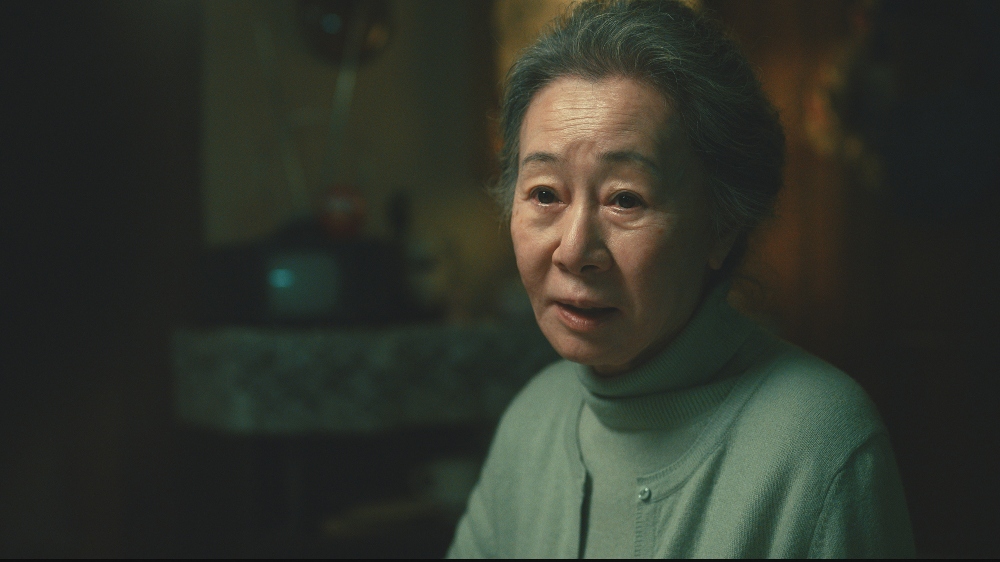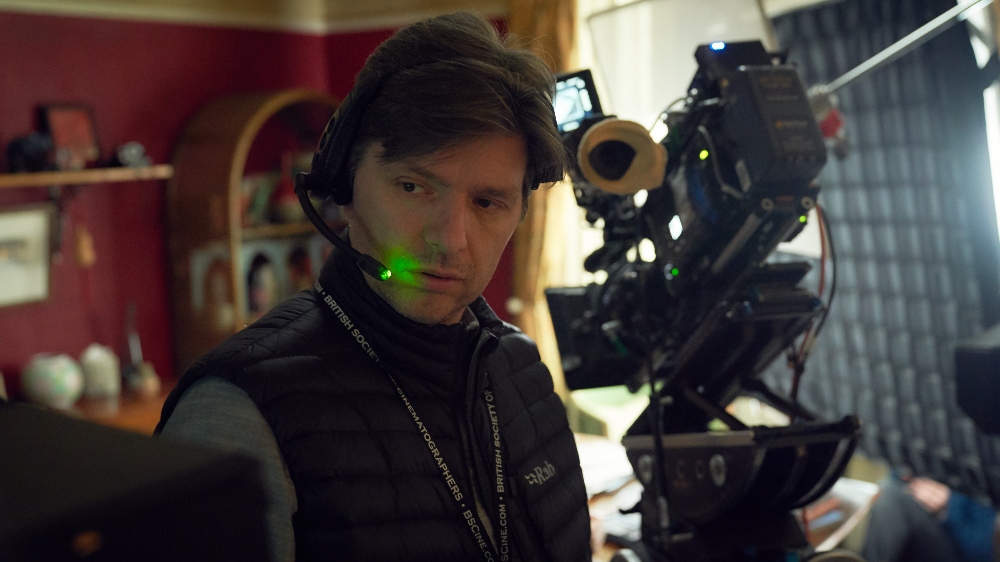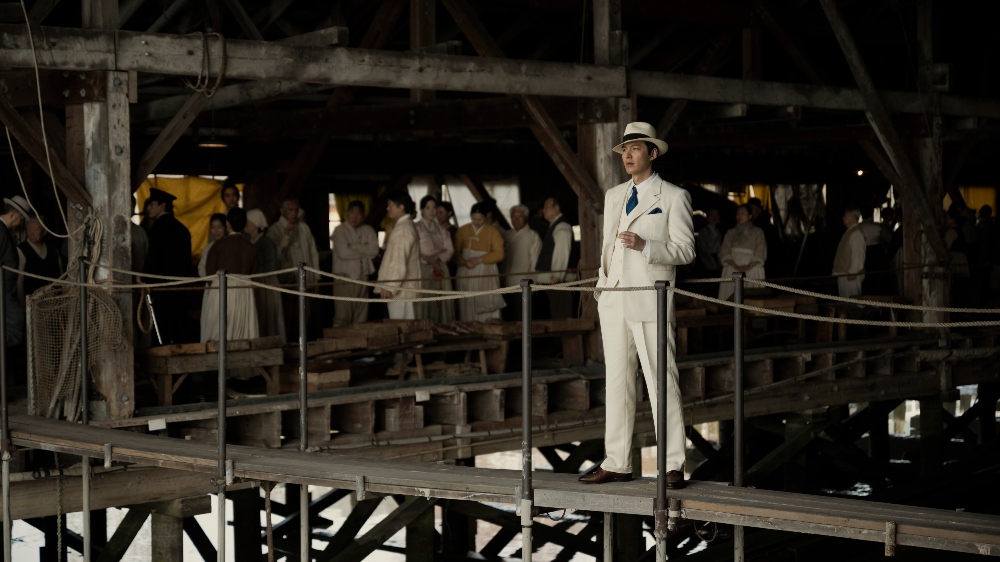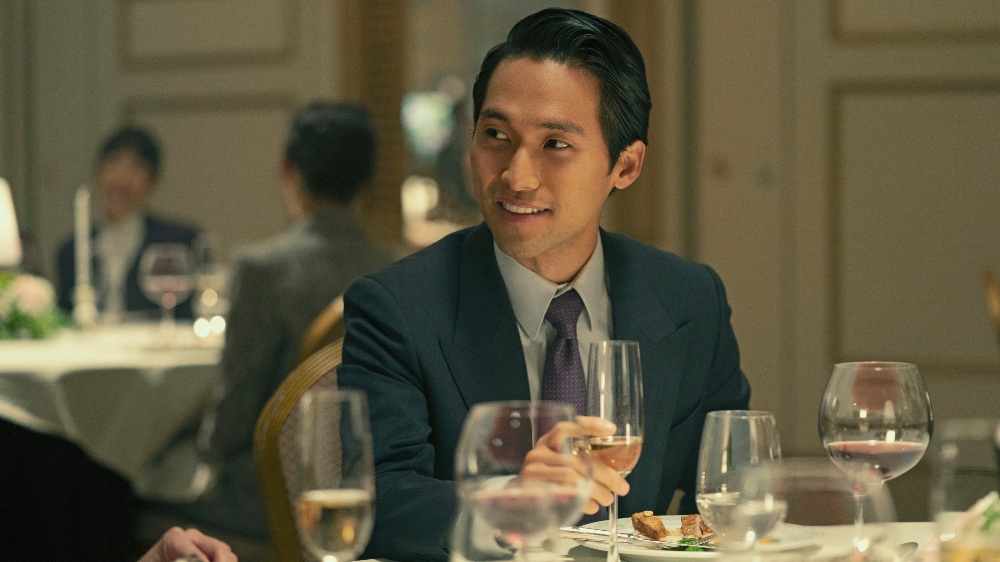
Based on Min Jin Lee‘s epic bestselling novel, the new Apple TV+ series Pachinko follows an immigrant Korean family through several generations of hardship and tragedy.
In an unusual strategy, the eight episodes of Season 1 were split between two indie directors — Kogonada (1, 2, 3, 7) and Justin Chon (4, 5, 6, 8). For his entries, Chon used his longtime collaborator, cinematographer Ante Cheng.
Kogonada, however, worked with veteran DP Florian Hoffmeister. A German native, Hoffmeister has worked with directors such as Terence Davies and Scott Cooper, and he won a primetime Emmy for his work on BBC One’s adaptation of Great Expectations.
While shooting the AMC series The Terror, Hoffmeister connected with producer Soo Hugh, Pachinko‘s showrunner, who recruited him for the exciting gig. Hoffmeister recently spoke with Below the Line by phone, so please enjoy our chat below:

Below the Line: How did you first get involved with Pachinko?
Florian Hoffmeister: I shot the pilot and the first block for The Terror, which was visually quite daring. I built a relationship with Soo Hugh, who arranged a call with Kogonada. For years I have cherished his video essays, and we quickly discovered a shared language.
BTL: Describe the collaboration between the two of you on this project.
Hoffmeister: First, we had some key decisions to make. One was, would we differentiate among the different timelines? One of the themes of the writing was how family transcends time, [because] family reaches forward and backward. So I felt we shouldn’t choose a different look or lens for each timeline. The only difference would be in the design and costumes.
The next decision was something that Kogonada brought to the table. We always see cinema in terms of time, because stories have a start and end. But Kogonada asked, why don’t we look at cinema as a depiction of space [and] make that just as important as time. So that would influence the way we shot in rooms, for example.
I’ve been doing large format in cinematography for some time. I’m not interested in higher resolution as much as the change in the field of view with large format lenses. When I shoot a close-up, I have a higher field of view left and right. I can depict a person in space differently than with 35mm. So we decided the 1920s and the 1980s would look the same, and to use large format to root people in their spaces.
In terms of color, I looked at Bert Glynn, a Magnum photographer who shot a color essay for Life in Japan in the 1960s. Also, Gordon Parks. I worked with Tom Poole at Company 3 to devise a LUT that pushed for something photochemical. The look doesn’t jump out at you or disconnect you from the story’s emotional content.

BTL: These are abstract answers, which I’m grateful for, but how did you and Kogonada actually execute this approach during production?
Hoffmeister: What I like to do is shoot tests very early on. When we got to Korea, I would get a camera, a few lenses, and a stand-in in a period costume. We’d go down to the sea and shoot some footage. Then we’d go to a modern office building and shoot. Kogonada would actually edit the footage to address the questions we had about subtitling.
Two or three weeks before production, we shot a big test with the actors in costume and makeup. So by the time we would actually be on set, we had already done three or four days of shooting. We reconfirmed the feeling of a shared language.
BTL: With all the various time pressures, did you prepare a shot list?
Hoffmeister: When I’m talking to people, I pretend to not even know how to switch on the camera. In my workflow, I try to stay as far away as I can from anything technical. I try to stay away from stuff that I feel keeps you from being creative, especially with digital cinematography [because] it’s easy to get diverted.
We did shotlist a couple of sequences where heavy equipment was involved, cranes and stuff like that. I learned a lot from a British director named Antonia Bird. She taught me that when you really know the material and your plans for it, blocking will follow those lines. And when you’re blocking a certain way, there’s only a certain place you can put the camera. You can rule out 90 percent of the options.
We spent two months prepping. Because of COVID, we drove in these little buses all over Korea. I mean, for weeks. So in your head, you’ve done all the planning. When it comes time to shoot, you see the options immediately. But I also think when you come in with a very definite plan, sometimes you stop seeing the things that are really there. You’re trying to hunt for something that’s not even in existence, you know?

BTL: You don’t get an award for shooting the best shot list. You also have to respond to individual locations. Talk about the scene where the younger Sunja (Kim Min-ha) tells Hansu (Lee Min-ho) that she’s pregnant. They’re by a stream surrounded by autumn woods.
Hoffmeister: That’s a good example. We went back to that location multiple times. Kogonada reccied it, he would walk through it and think, ‘where would they go?’ We had two days to shoot everything there. So it became apparent. First, they will be washing at the stream, then there was this gigantic stone. When it starts to rain, that’s where they will seek shelter.
One of the choices I find interesting is how to shoot people in a conversation. Do you shoot over the shoulder, or clean, or a mixture? You might shoot certain elements in a clean POV to accentuate the drama, then the rest over the shoulder.
BTL: My favorite scene is a conversation over lunch. Solomon (Jin Ha) and the older Sunja (Youn Yuh-jung) are trying to convince a fellow Korean to sell her land. YJ has this incredible monologue about her past.
Hoffmeister: That’s an interesting one. It probably makes my approach more obvious. We’re on a stage in Vancouver at that point, on a beautifully designed set that’s built almost to scale. We went in a couple of days early. Kogonada decided where they would sit. Should the landowner be by the back? Who will sit by the door? How do the backgrounds look? So when we get to the shooting day, I’ve done my 10,000 hours.
There’s an overhead light over the table, I light the space, and the rest is that performance. It’s hard to fuck up the lighting. In the first rehearsal, it was really apparent that something was happening between the landowner and YJ. These people bring in their personal histories. YJ has been quite outspoken — in interviews, she said she acted to feed her family. They have personally experienced hardship. You could sense it, there was something honest in there.
We decided to shoot almost everything in relation to her. We shot her clean, and the shots on Solomon and the landowner over YJ’s shoulders. There’s an exchange after she cries, I think then we changed the perspective to over Solomon’s shoulder onto Sonja. The payoff of the scene had to feel visually more connected to Solomon.
I find it more exciting to shoot these scenes than the big cranes and stuff. These subtle choices — what lens you pick, how you frame it — become so much more important.

BTL: Did you get to compare notes with Ante Cheng?
Hoffmeister: No. That’s an interesting question. Traditionally, I would shoot the pilot and the first block, and they would set the look for the series. But in this case, I thought that Justin and Kogonada are such different directors. Kogonada is somebody for whom form is a way of thinking. His entire approach to filmmaking can be based around the idea of form. Justin, for me, is an actor’s director. His initial context would probably always be performance.
So if you choose such different directors, why force them into a visual recipe? I really lobbied for Ante and Justin to be more liberal in their interpretations. For instance, we shot very little handheld — I don’t think any. They shot tons of handheld. We didn’t differentiate lenses between time frames, and they did. I thought the whole process was very freeing.
BTL: Will you be working on Season 2 of Pachinko?
Hoffmeister: I don’t know. It’s still early days, isn’t it? But I would definitely love to continue a journey with that cast and crew.
Season 1 of Pachinko is now streaming in its entirety on Apple TV+ and the show has been renewed for Season 2.





